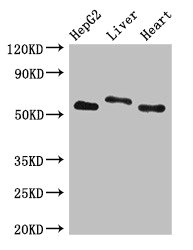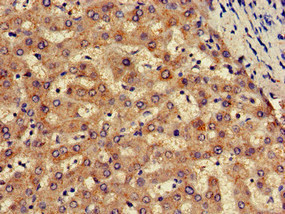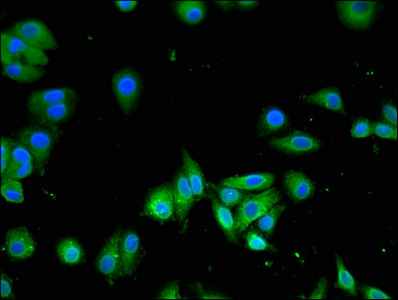The product CSB-PA768239LA01HU is a polyclonal antibody against the SLC13A5 protein. It is raised in the rabbit immunized by a partial recombinant protein mapping within amino acids 156-204 of human SLC13A5 protein. This SLC13A5 antibody is available as the unconjugated IgG isoform. It can react with SLC13A5 proteins from human, mouse, and rat samples. It has undergone protein G purification and reaches over 95% in purity. Multiple and rigorous validations performed in this SLC13A5 antibody demonstrated that it can recognize SLC13A5 protein in ELISA, IHC, IF, and WB applications.
The target protein SLC13A5 mainly transports citrate and other dicarboxylic acids from the extracellular environment into the cell, where they can be metabolized by the mitochondria to generate ATP and regulate various metabolic pathways. Mutations in the SLC13A5 gene can cause a rare neurological disorder epileptic encephalopathy, which is characterized by seizures and cognitive impairment.









